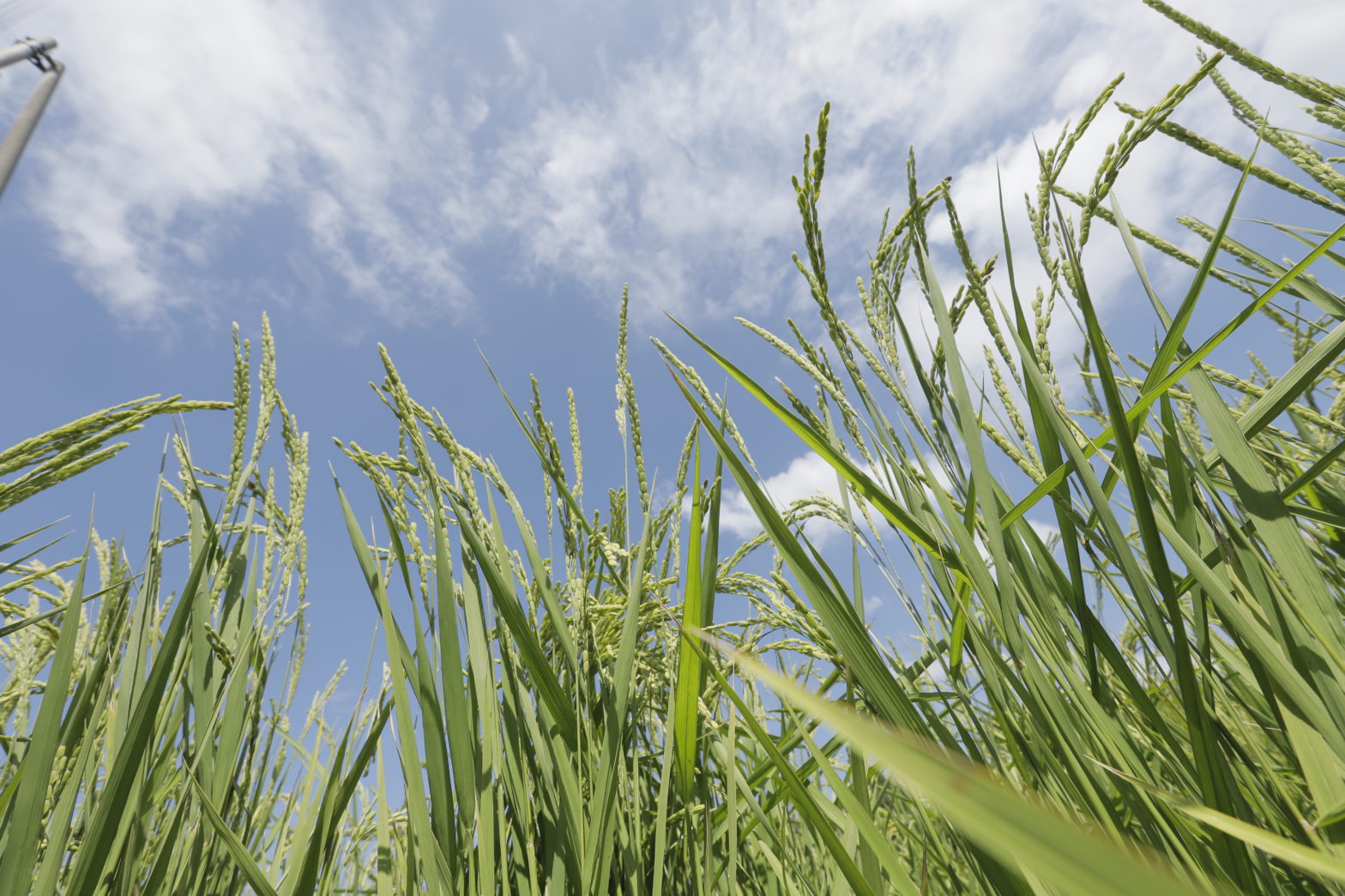Yamadanishiki is the king of sake specific rice, equivalent to the cabernet sauvignon grape in the wine industry. Sake made with yamadanishiki has great depth of flavor and structure, with an even greater subtle elegance when the yamadanishiki used is well polished.
Yamadanishiki accounts for 41.4%[1] of sake specific rice in terms of yields, with an annual volume of 32,148 tons. The major production area is Hyogo prefecture (best known for its famous port town, Kobe) and produces approximately 74.0%[2] of the total production of Yamadanishiki.
Yamadanishiki was developed in Hyogo prefecture (best known for its famous port city of Kobe) in 1923, by crossing yamadaho and tankan-wataribune rice varieties.
Yamadanishiki has three major characteristics which play an important role in good sake production.
- Big “shinpaku“
The comparative size of the starchy center of the rice grain (shinpaku) is expressed as the “shinpaku manifestation rate”. The average yamadanishiki shinpaku manifestation rate is 70%, compared with the average of 59.8% across all other varieties.

- Big grain
The average senryujyu[3] is around 28.1g, larger than typical of table rice (around 22g).
- Higher solubility
Generally speaking, starch consists of 80% amylose and 20% amylopectin. The solubility is directly related to the molecular structure of amylopectin. The shorter the amylopectin side chain, the more easily the starch is dissolved. Yamadanishiki has a shorter side chain, making it more soluble and creating less waste in the brewing process.

Brew masters have a great preference for yamadanishiki because of these three aspects. However, yamadanishiki is not without its challenges. The average height of yamadanishiki plants is around 130cm, far taller than the 88cm of koshihikari, one of the most famous table rice varieties.
Yamadanishiki is considered a late harvest variety of rice. Because of its greater height, it can easily fall down, despite its very deep roots (1m). For this reason, one of the most important aspects of cultivating yamadanishiki is to ensure it has a strong enough stem to withstand the typhoons that often arrive in Japan during harvest season (mid-October).
Rice plants grow in a number of sections. Surprisingly, the sections are counted from the tip, rather than the roots. Yamadanishiki has six sections, the 6th being around 5cm long. The 5th is ideally around 10cm – any longer, and the plant collapses too easily in strong wind, so farmers are especially careful to monitor the amount of fertilizer used, to limit the length.
Despite the risks inherent in such a tall, late-harvested variety, yamadanishiki is favored for the superior sake it produces.
[1] Source: Inspection result of agricultural products harvested in 2017 by the Department of Agriculture、Forestry and Fisheries
[2] Source: Inspection result of agricultural products harvested in 2017 by the Department of Agriculture、Forestry and Fisheries
[3] Sen (thousand) ryū (grain) jū (weight), or “the weight of 1000 grains” is widely used in all cereal agriculture in Japan. The larger the grain of a particular rice variety, the higher the senryūjū. Smaller grains are very difficult to polish without cracking. Since cracking makes water absorption unpredictable and the following processes therefore less reliable, sake with a higher senryūjū often indicates a better-quality sake.

